Wood to replace plastics, polystyrene, oil… Six important new products from Finnish bioeconomy
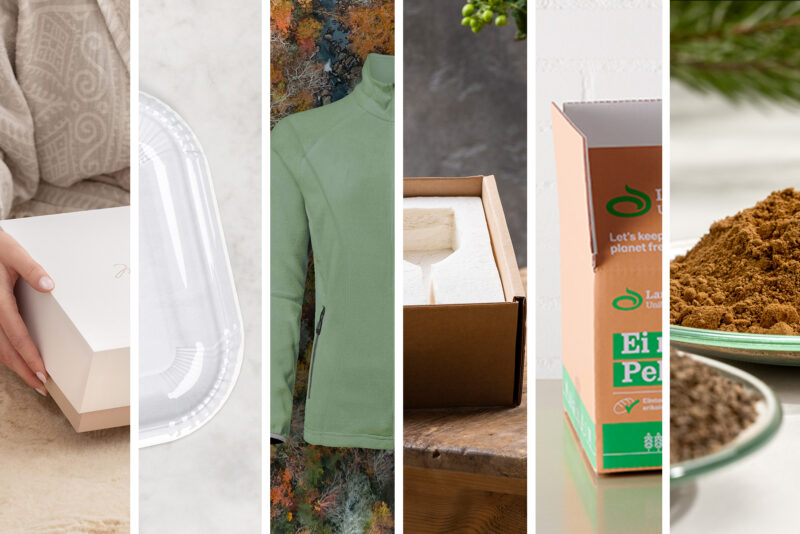
We introduce six new products from the Finnish forest economy that will reduce the use of fossil raw materials.
1. Wood in a fleece jacket
More than half of the materials used by the fashion industry are based on non-renewable, fossil-based polymers. Late last year, UPM and the international garment manufacturer Vaude unveiled the first outerwear garment in the world made of wood-based polyester.
The resin normally used in making polyester contains 30 percent of monoethylene glycol (MEG). This is traditionally derived from petroleum. In the new jacket, the fossil material is replaced by wood-based monoethylene glycol.
’The new bio-based fleece jacket allows fashion industry leaders to take action now and move beyond fossil-based materials,’ said Michael Duetsch, Vice President Biochemicals at UPM, in a news release.
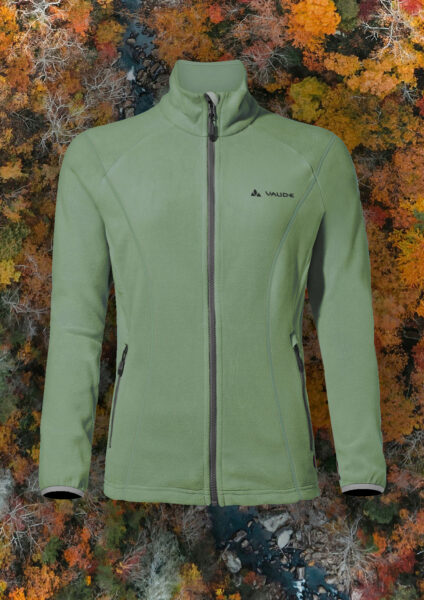
2. Cellulose-based packaging foam replaces polystyrene
Practically all of us have at some point bought a kitchen appliance or the like, packed in fossil-based polystyrene. Stora Enso offers another protective and cushioning material for the packaging: a cellulose-based foam material called Papira.
The cellulose-based cushioning foam is natural, bio-based and recyclable in the same way as paper or paperboard. No solvents or dangerous chemicals are used in the manufacturing process. Only air and water are used in the manufacturing process.
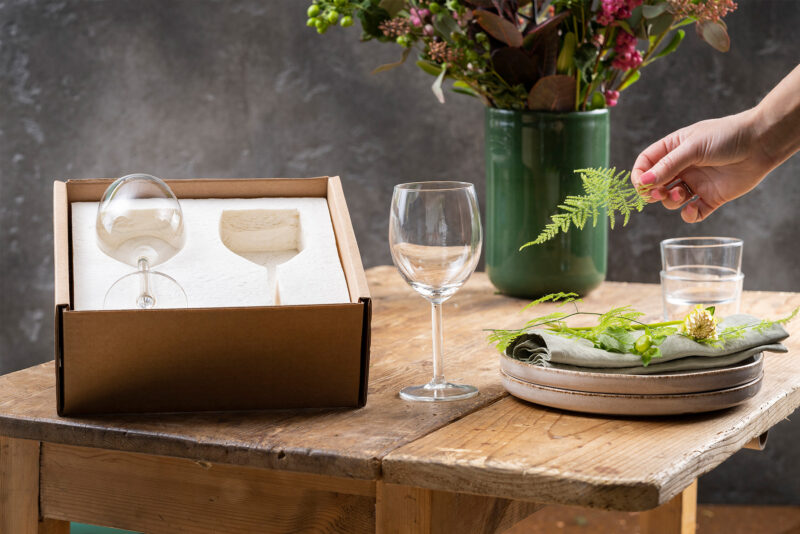
3. Halving the weight of packaging of premium products
Cosmetics, high-end beverages and chocolate are examples of premium products traditionally packed in rigid boxes, enhancing the impression of quality and style. The downside is their environmental impact.
In October, Metsä Board announced its new micro-fluted packaging solutions, requiring less material than before. Compared to traditional corrugated paperboard, the microfluting in the new product is considerably lower. The new packaging is up to 50 percent lighter in weight than other, comparable ones.
The company also says that the carbon footprint of the innovation is 59 percent less than that of traditional rigid boxes.
The new packaging contains no harmful adhesives or plastic laminates, making it easier to recycle.
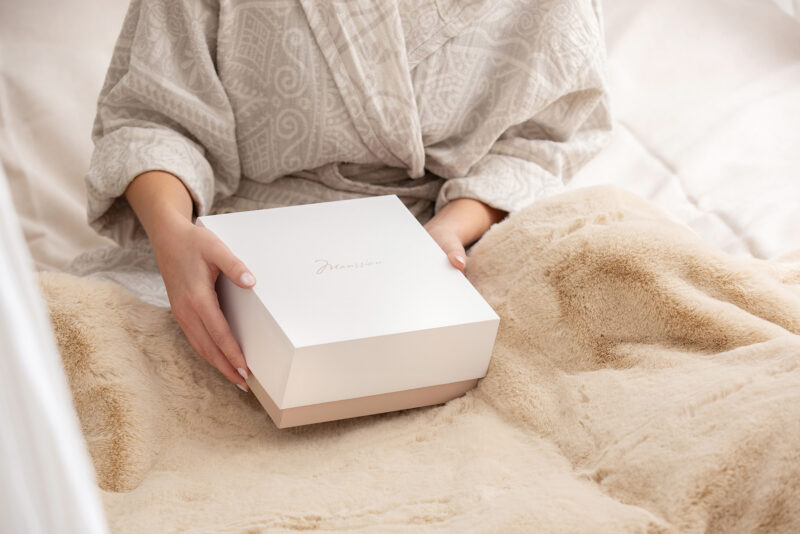
4. Fibre-based paperboard to combat food wastage
Every year, 153.5 tonnes of food end up as waste in the EU, corresponding to six percent of the Union’s greenhouse gas emissions. Beef or fish packed in a vacuum will keep fresh up to five times as long as in traditional plastic or paper packaging. Most vacuum packagings are made of fossil plastics.
Stora Enso’s Trayforma BarrPeel paperboard offers a vacuum packaging with better environmental sustainability. The film is bade of renewable paperboard with a thin polymer coating. The share of renewable wood fibre in the product is over 90 percent.

5. Lignin in gypsum and concrete
Metsä Fibre, part of Metsä Group, announced in May its plans for a demonstration plant to make processed lignin products with Andritz. The aim is to develop a process for separating lignin from black liquor, a by-product of pulp manufacturing, and processing it for new end uses. The bio-based lignin products from the demonstration plant could be used, for example, as high-performance water reducers for gypsum and concrete in the construction industry.
’It is important that we actively develop alternatives made from renewable raw materials to replace fossil materials and feedstocks,’ says Ismo Nousiainen, CEO of Metsä Fibre, in a news release.
6. Fibre-based packaging to replace plastic bags
Together with partners, UPM has developed a fibre-based packaging which does away with the plastic bags used in packagings of frozen bread. The innovation, made of renewable material and recyclable, reduces the use of fossil-based packaging materials, as a separate plastic bag inside the box is no longer needed.
The packaging keeps the bread fresh and ensures a worry-free repast for consumers, while also reducing the use of non-renewable plastics.
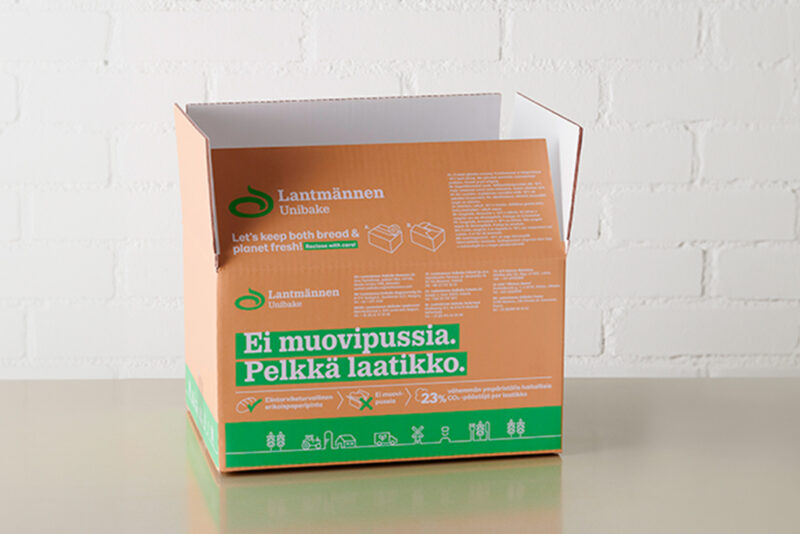
Read more: Eight familiar uses of wood pulp: could you manage your daily life without them?
Read more: Forest company plans to process carbon dioxide from mills into bio products
